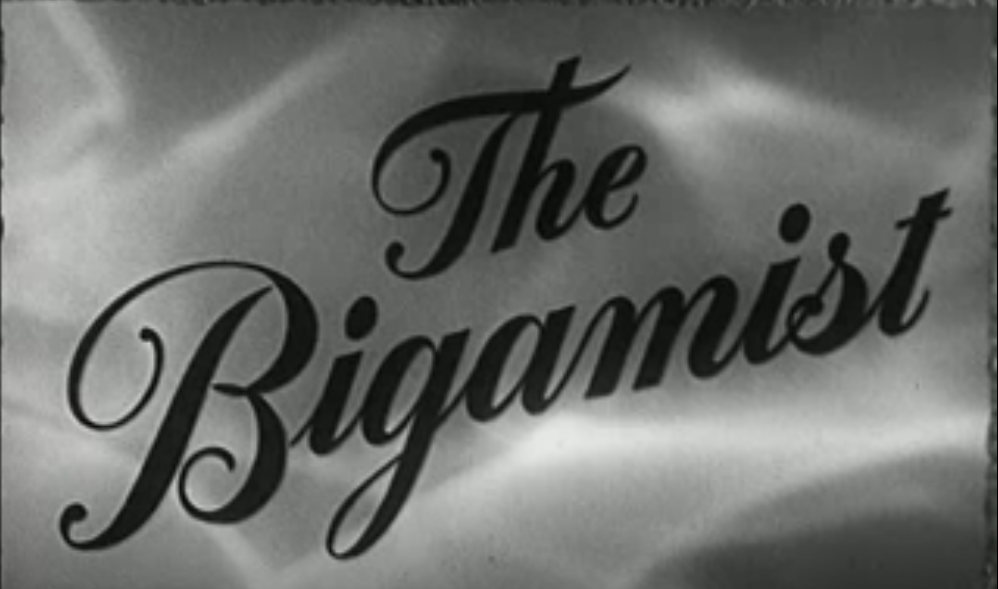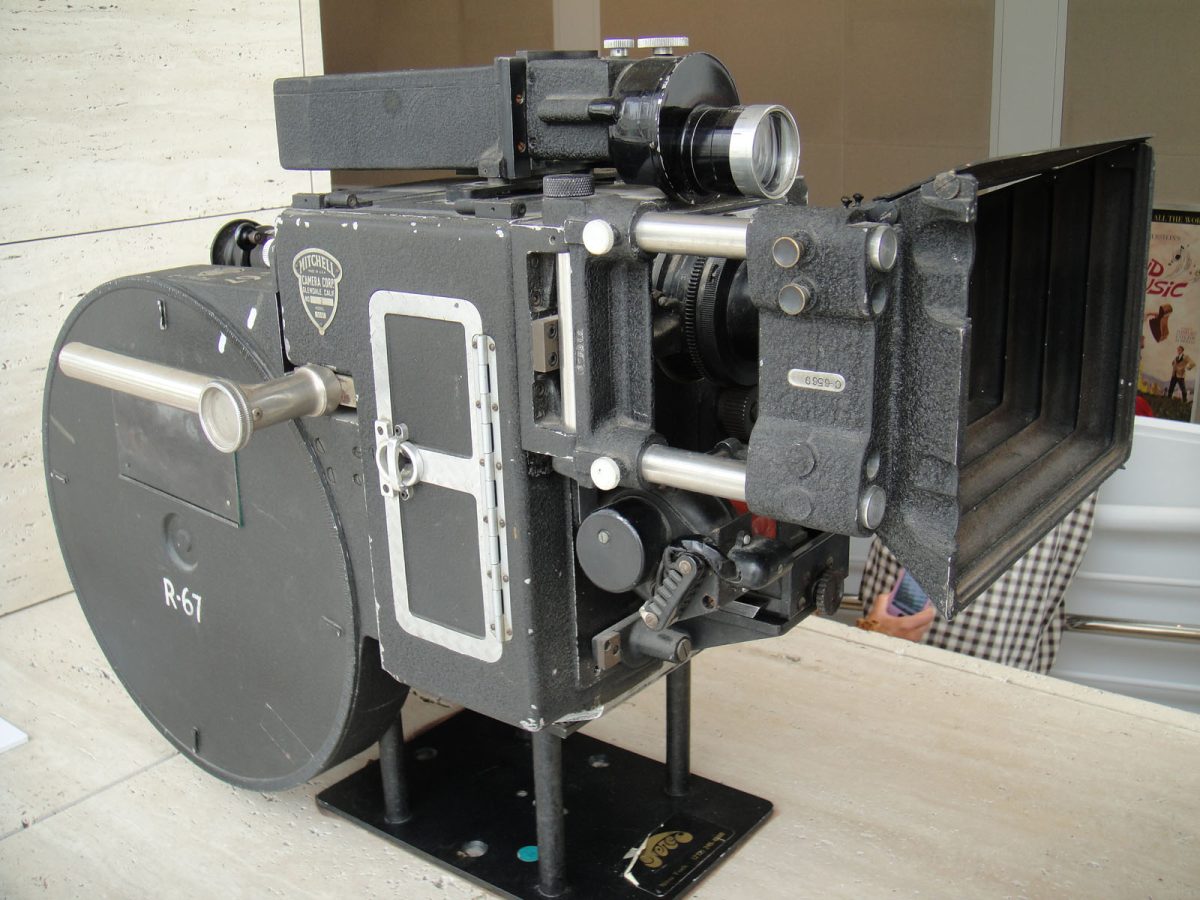Knowing a film’s history can help people see how it reflects the culture of the people who made it and watched it. The film industry has been a major force in shaping the culture, social, and economic landscapes of many countries around the world.
Thomas Edison, the Lumière brothers, Georges Méliès, and Eadweard Muybridge were all inventors who played crucial roles in the early history of cinema by experimenting with motion picture cameras and advancing its technology. The inventor of the motion picture camera was Thomas Edison because he and his assistant Williams Dickson were worried that others were gaining ground in camera development which caused the pair to set out to create a device that could record moving pictures.
The Silent Era in film lasted from its very beginnings in the late 1800s to the early 1930s. During the Silent Era, the art of motion pictures grew to full maturity. Technology at the time did not allow sound in films, which led to the development of the phonograph cylinder. The transition between Silent Films to the Talkies Era took place between 1926 to 1930 and included many small steps that developed film both technically and the audience expectations. The rise of the Talkies Era changed many things in the film industry, from how films were recorded to the cinemas themselves. Most theaters did not have equipment to project sound, so films were accompanied by live orchestras. Once film technology permitted sound, theaters had to rewire to meet the demand.
The Golden Era of film and the reconstruction of Hollywood happened from 1941 to 1954. Amid the Great Depression, the entire country and world experienced the woes of a failed economy and a general decline in living conditions but the American film industry experienced a boom that would later be regarded as Hollywood’s Golden Era. The Golden Era is when cinema experienced great advancements in picture quality and sound and is characterized by the production of many classic films and the rise of iconic stars.
More changes occurred from 1955 to 1976 with the spread of television and its organized production capabilities which gave the audience more choices. This disrupted cinemas as they were competing with TV and film production which outclassed them in many ways. Concerns about the mature themes led individuals to form the Motion Picture Association of America. The MPAA survives today and determines movie ratings.
The dawn of the modern industry happened from 1977 to the 1990s when the rapid growth of film production technology and computer-generated special effects revolutionized Hollywood. This can be seen with the 1977 release of Star Wars.
Sources:
Encyclopædia Britannica, inc. (2024, January 8). History of film. Encyclopædia Britannica. https://www.britannica.com/art/history-of-the-motion-picture
A very short history of cinema. National Science and Media Museum. (n.d.). https://www.scienceandmediamuseum.org.uk/objects-and-stories/very-short-history-of-cinema
























